ARTICLE AD BOX
By Jonathan Amos
BBC Science Correspondent
Image source, ULA
Image caption,Ready to go: This will be the second demonstration flight
The American Boeing company will try shortly to run another demonstration flight of its new astronaut capsule.
Called Starliner, it's set to launch from Florida to showcase how it can ferry humans crews to and from the International Space Station (ISS).
It'll be the second such test flight, and conducted with no people aboard.
The previous demonstration, in 2019, encountered software problems that very nearly resulted in the loss of the vehicle.
Boeing had attempted to fly Thursday's mission in August last year but had to abandon that exercise when valves in the capsule's propulsion system started to play up on the launch pad.
Image source, BOEING
Image caption,No humans, but "Rosie the Rocketeer" will be aboard
Engineers have spent the intervening months looking for a fix to this issue, and, although they can't yet implement a permanent solution, are happy to let the flight proceed with some temporary corrective measures in place.
The US space agency seems more than satisfied, too.
"We wouldn't be here right now, if we weren't confident that this would be a successful mission," said Nasa astronaut Butch Wilmore, who's been helping Boeing get the vehicle ready and who is in line to become one of its first human passengers.
"The spacecraft is ready. These teams are ready. And we're excited," he told reporters on Wednesday.
Image source, BOEING
Image caption,Artwork: The flight time to the space station is about 24 hours
The Starliner is scheduled to make its ascent on an Atlas-5 rocket from Cape Canaveral Space Force Station.
Lift-off is timed for 18:54 local time (22:54 GMT; 23:54 BST).
It's almost 12 years since Boeing first presented its design for Starliner, codenamed CST-100, at the Farnborough International Air Show in the UK.
It was a response to the call for commercial companies to take over the responsibility for low-Earth orbit crew transportation, post the then soon-to-retire space shuttles.
Nasa gave technical and financial support to both Boeing and California's SpaceX company, to help them develop new capsules. The idea was that the vehicles would then be engaged on a commercial basis whenever Nasa needed astronauts sent up to the ISS.
But while SpaceX is now four crewed operational flights into this new era, Boeing has yet to run a single crewed mission in a Starliner. And a big part of that is because Boeing's first unpiloted "Orbital Flight Test" in December 2019 went seriously awry.
The problems started with a clock error on the capsule just after launch that made the vehicle think it was in a different flight phase than was really the case.
This prompted the onboard computer system to over-fire Starliner's thrusters and burn so much fuel it became impossible to reach the intended destination of a docking with the space station.
Controllers on the ground could see the problem playing out but had difficulty communicating with the spacecraft.
After the truncated mission, it also emerged that poorly designed software could have resulted in the capsule colliding with its aft service section when the two were commanded to separate just prior to re-entry into the Earth's atmosphere.
Fortunately, this issue was caught and prevented, and the capsule landed safely in the New Mexico desert.
The post-mission review initiated a series of re-designs and upgrades that have enabled Boeing to approach an Orbital Flight Test 2 (OFT-2).
Image source, ULA
Image caption,It's 12 years since the initial proposal for Starliner was presented
The re-run will follow the same profile: an uncrewed mission to the ISS. That said, an anthropomorphic test device, more commonly known as a flight dummy, dubbed "Rosie the Rocketeer", will once again strap in for the ride.
Rosie and "her" capsule will stay attached to the station for four to five days, before departing for a parachute-assisted descent and landing at the White Sands Missile Range in New Mexico.
All going well touchdown is likely to occur on Wednesday next week.
If Boeing can put the flaws of OFT-1 behind it, Nasa could clear Starliner to start carrying people before the end of the year.
This would finally give Nasa the two new crew-transportation systems it sought when the shuttles were retired to museums in 2011.
"It's important first of all that we get through this particular mission.
We've talked a lot about taking this one step at a time," said Kathy Lueders, Nasa's associate administrator for space operations.
"We need to go up, fly this spacecraft without humans on it, demonstrate the automated systems and come back safely."

 2 years ago
44
2 years ago
44
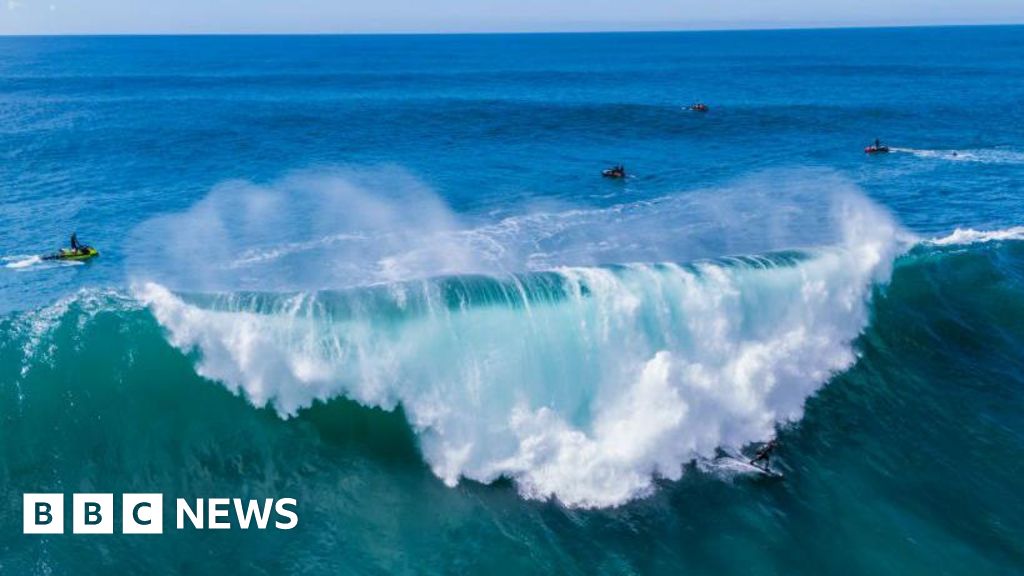
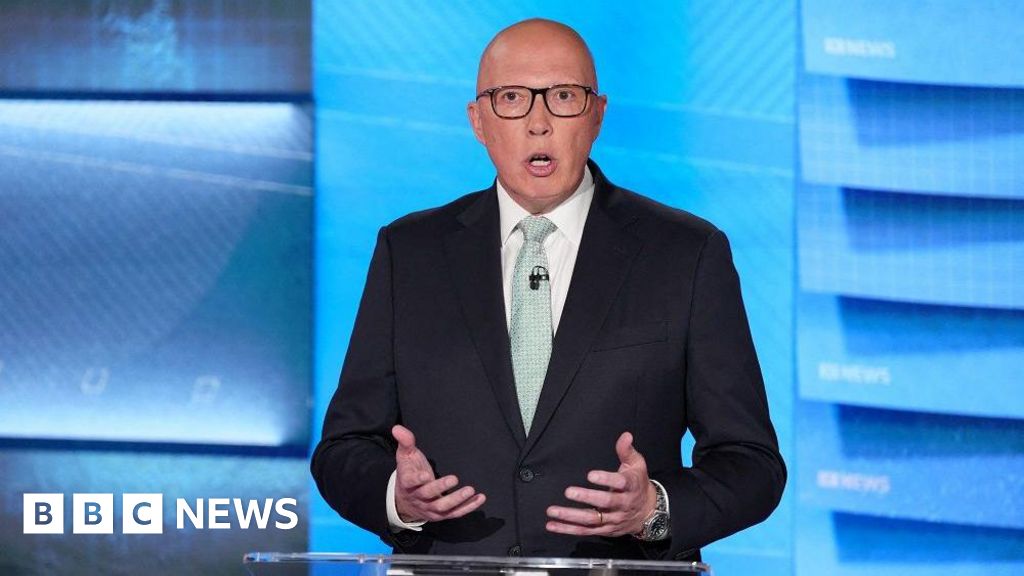
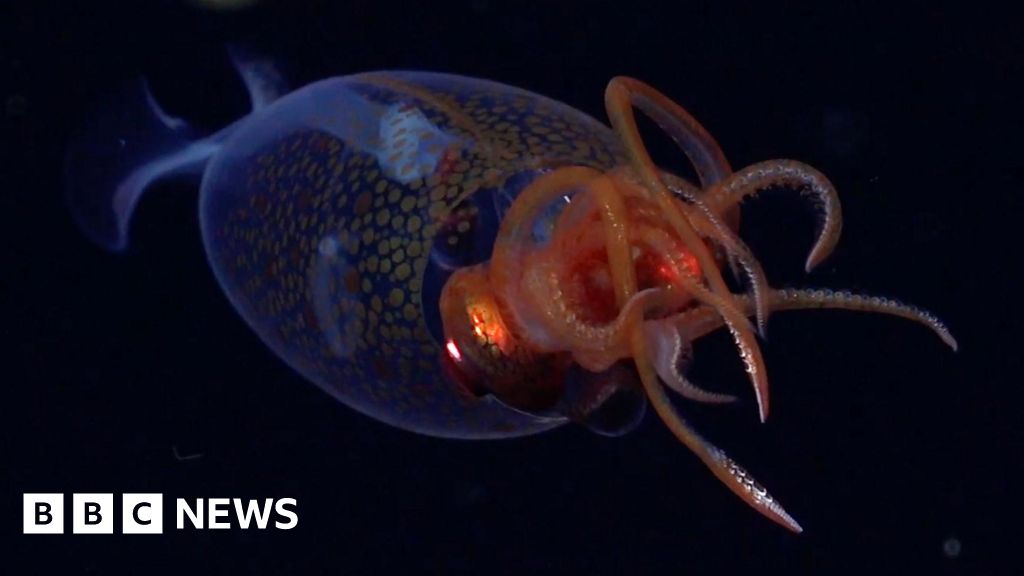
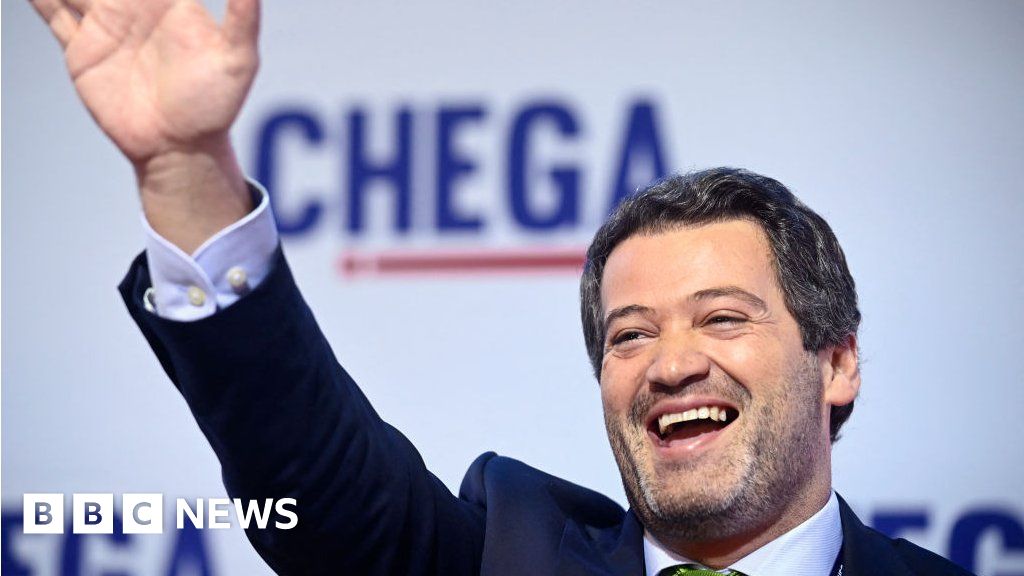
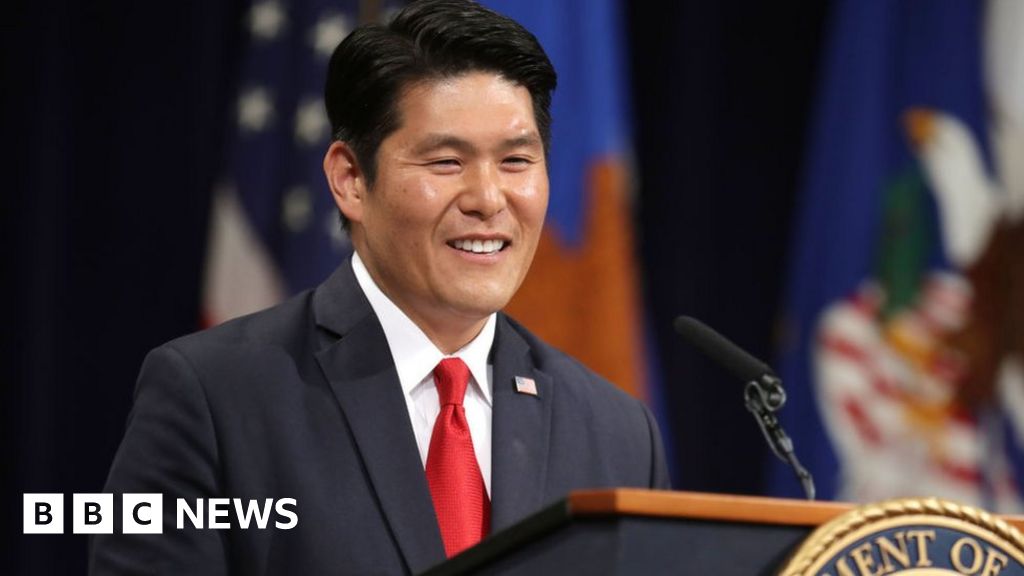

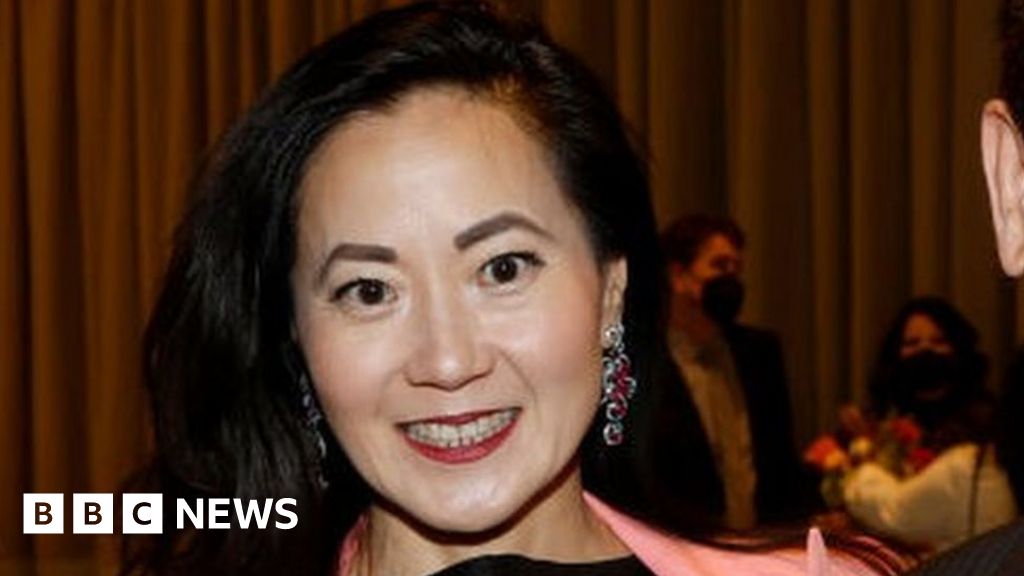
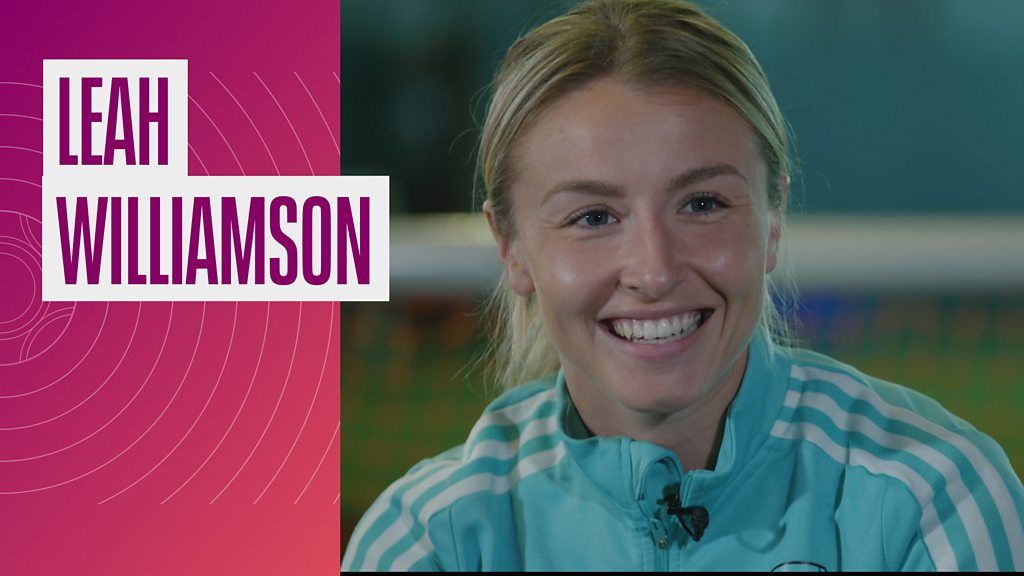
 English (US) ·
English (US) ·